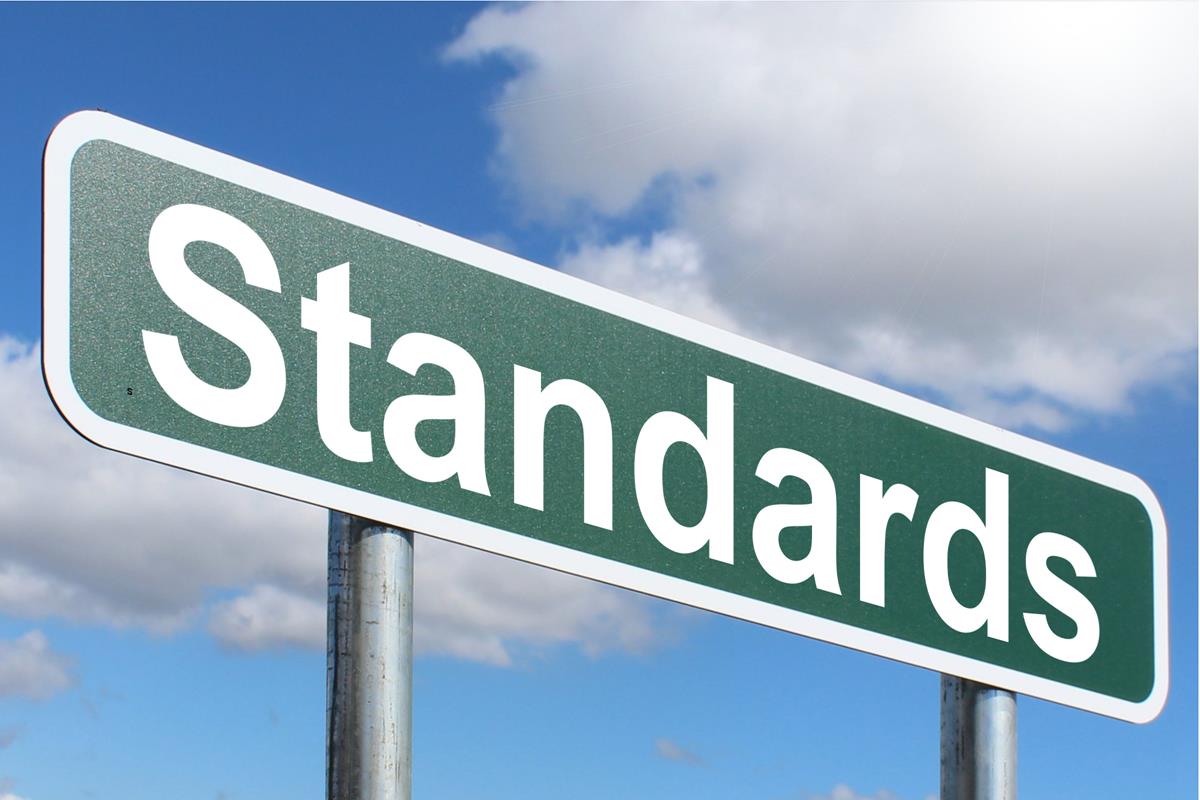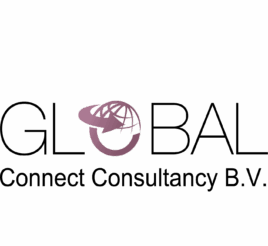
(Text for accessibility: green sign on a blue-sky background with the word ‘standards’ on it – referring to financial standards, implicitly Swiss GAAP and IFRS)
Choosing the right accounting standard is about more than compliance — it’s about finding the balance between transparency, comparability, and practicality. In Switzerland, many organisations are taking a closer look at Swiss GAAP FER as an alternative to IFRS, especially when operating primarily in the Swiss market.
A Modular and Scalable Framework
Swiss GAAP FER is built on a modular structure that adapts to the size and complexity of an organisation. Smaller entities — with less than CHF 10 million in assets, CHF 20 million in annual turnover, and fewer than 50 full-time employees — can limit their reporting to the general framework and six core FER recommendations.
Larger organisations apply an additional 13 recommendations covering specific accounting topics, while four sector-specific standards cater to industries such as insurance, health insurance, pensions, and non-profit organisations. For consolidated and listed companies, FER 30 and FER 31 set the relevant guidance.
Making the Switch to Swiss GAAP FER
Companies moving from the Swiss Code of Obligations or IFRS to Swiss GAAP FER often do so to gain clarity and comparability through the true and fair view principle. The framework is well-recognised in Switzerland and accepted under the Swiss Reporting Standard of the SIX Swiss Exchange, including for real estate companies.
Its cost-effectiveness and regulatory stability have also made it increasingly attractive — especially for listed companies that prioritise consistent reporting without the ongoing complexity of IFRS updates.
How Swiss GAAP FER Compares to IFRS
Both Swiss GAAP FER and IFRS promote transparent and reliable reporting, but they serve different purposes:
- Scope and Focus:
IFRS targets international comparability and is suited to large, globally active corporations. Swiss GAAP FER focuses on Swiss-based entities, offering a framework more closely aligned with national business practices.
- Complexity and Detail:
IFRS is rule-intensive, with detailed requirements for topics such as financial instruments and fair value. Swiss GAAP FER follows a principles-based approach, simplifying reporting and reducing administrative effort.
- Disclosure and Cost:
IFRS demands more extensive disclosures and frequent updates. Swiss GAAP FER limits disclosure to what is essential, helping reduce compliance costs and documentation effort.
- Investor Orientation:
IFRS remains the standard for companies seeking access to international capital markets, while Swiss GAAP FER fits organisations whose stakeholders are primarily domestic.
Conclusion
Swiss GAAP FER offers a balanced, pragmatic alternative to IFRS — one that combines transparency with manageability. For companies focused on the Swiss market, it can provide a true and fair view of financial performance without the complexity of global reporting standards.
In today’s evolving regulatory environment, choosing between Swiss GAAP FER and IFRS is ultimately about aligning reporting needs with strategic priorities — both in Switzerland and beyond.
References
Deloitte. (2025). Modular application of Swiss GAAP FER. Retrieved from Deloitte: https://www.deloitte.com/ch/en/services/audit-assurance/services/swiss-gaap-fer.html
Photo:
https://www.picserver.org/highway-signs2/images/standards.jpg
